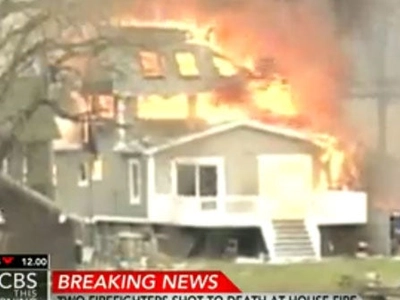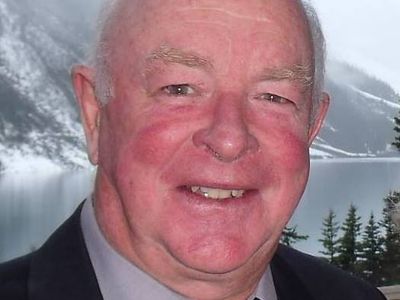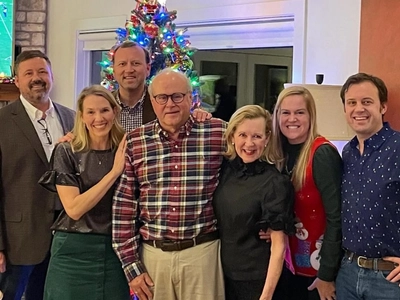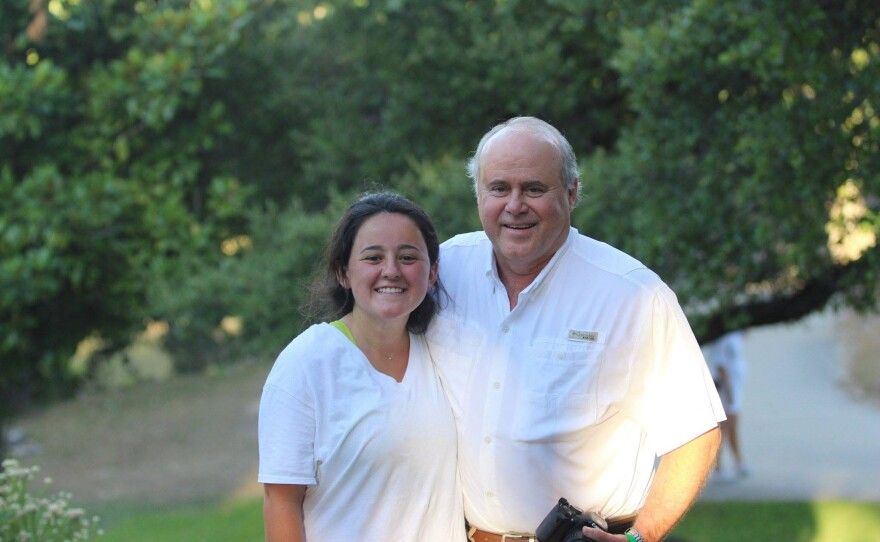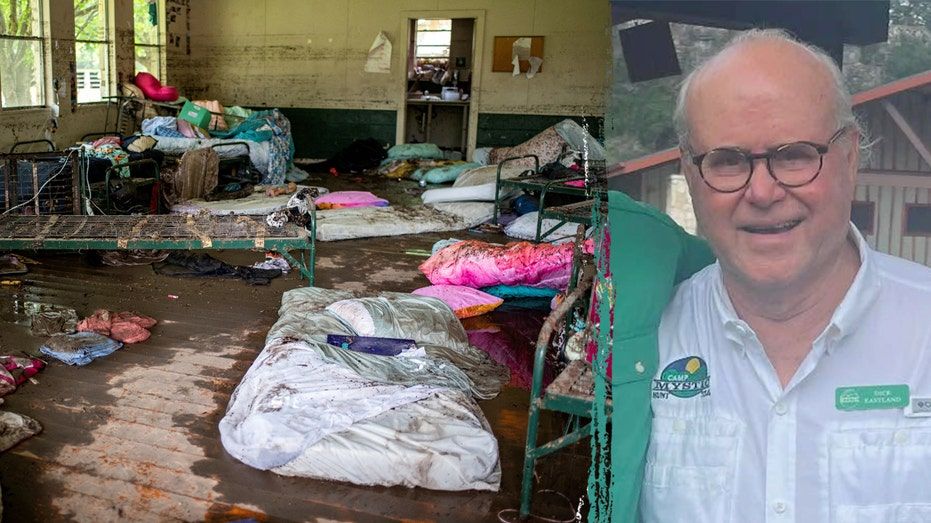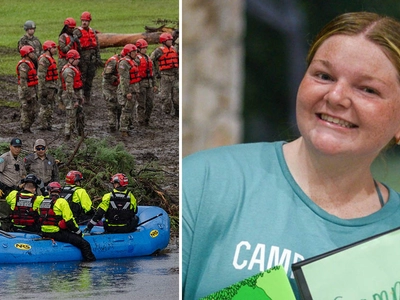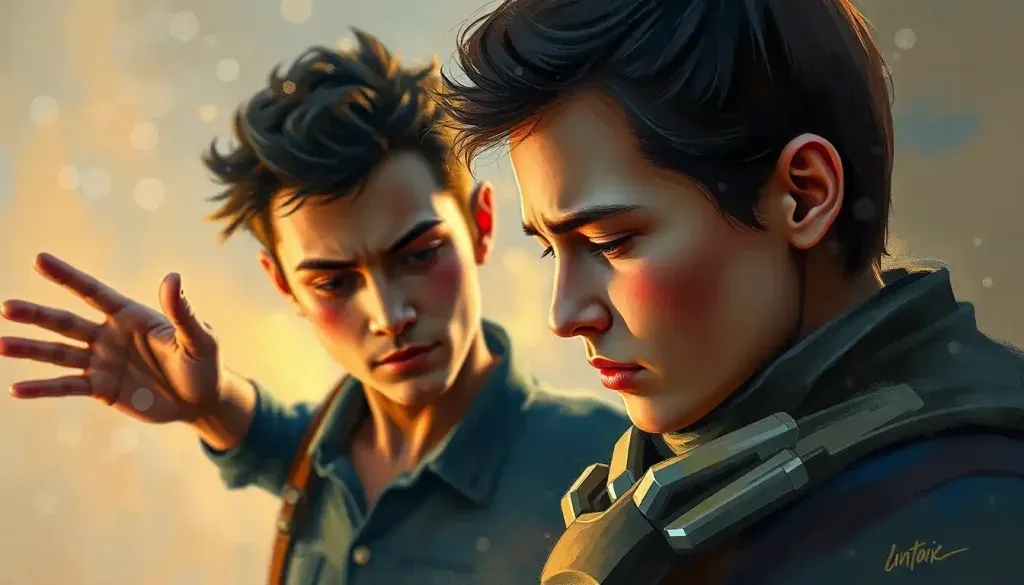The Christmas Eve Trap: How a Monster Lured Heroes to Their Deaths
On Christmas Eve morning 2012, as families across America prepared to celebrate the holiday, a monster was setting the most evil trap imaginable. William Spengler, a 62-year-old ex-convict, deliberately set his own house ablaze in Webster, New York—not to destroy property, but to lure the very people society depends on most into a deadly ambush.
When the call came in at 5:35 AM, it seemed routine. "House fire on Lake Road." The brave men of the Webster Fire Department didn't hesitate. They never do. Lieutenant Michael Chiapperini and firefighter Tomasz Kaczowka responded immediately, along with their brothers.
But this wasn't just any fire. This was a carefully orchestrated murder plot.
The Moment Evil Struck
As the fire truck arrived at the burning house, Spengler opened fire from his concealed position with a Bushmaster .223 rifle—the same weapon used in the Sandy Hook massacre just days earlier. The first responders, focused on saving lives and property, were sitting ducks.
Lieutenant Chiapperini, 43, a veteran firefighter and father of two, was struck down instantly. Tomasz Kaczowka, just 19 years old and barely starting his career as a volunteer firefighter, fell beside him. Two other firefighters were wounded in the barrage of gunfire.
The scene was chaos. Heroes trained to run toward danger found themselves pinned down by a madman's bullets. The very bravery that made them rush to help became their vulnerability.
The Chilling Note That Revealed Pure Evil
After the shooting, investigators discovered Spengler's handwritten manifesto—a rambling note that revealed the depths of his twisted mind. "I still have to get ready to see how much of the neighborhood I can burn down, and do what I like doing best, killing people," he wrote.
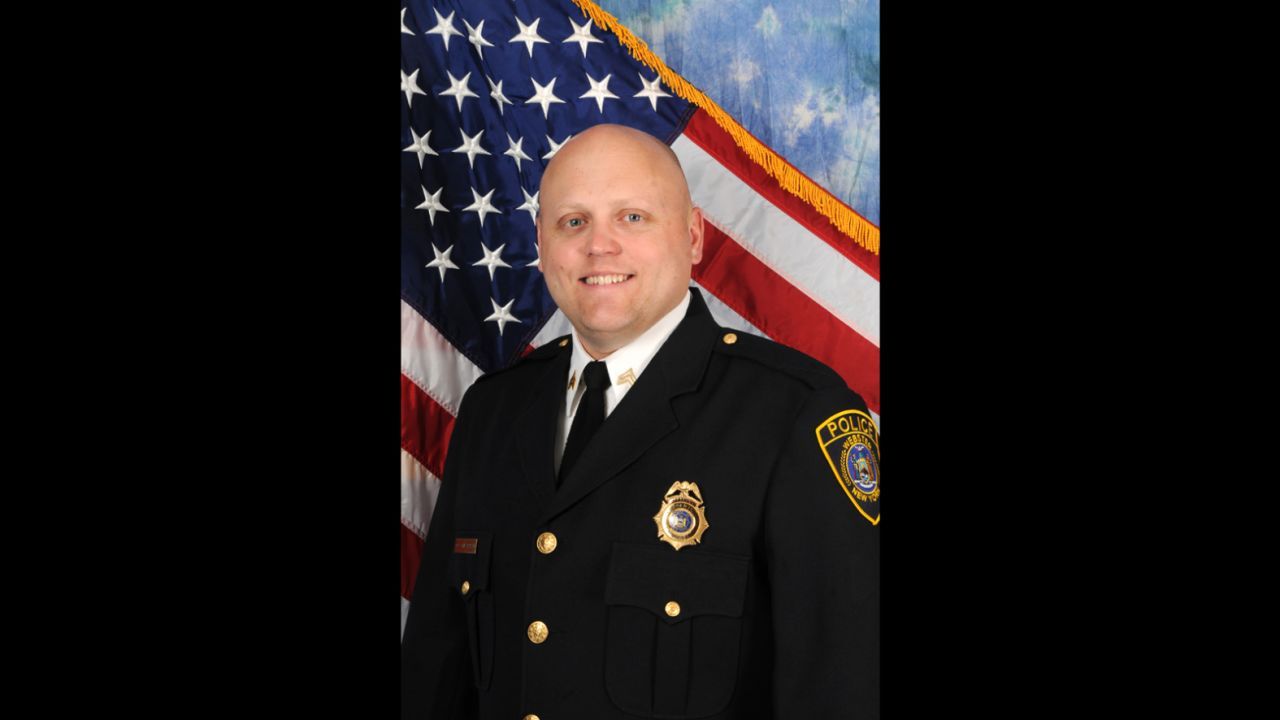
This wasn't a snap decision. This was premeditated murder of the highest order—targeting the very people who dedicate their lives to protecting others.
Spengler had been prohibited from owning firearms due to a 1980 conviction for killing his own grandmother with a hammer. Yet he managed to obtain multiple weapons, including the assault rifle used in the attack.
Heroes Cut Down in Their Prime
Michael Chiapperini wasn't just a firefighter—he was a pillar of his community. A 20-year veteran of the fire department, he also served as the Webster Police Department's public information officer. His colleagues described him as someone who would "give you the shirt off his back." He left behind a wife and two young children who would wake up on Christmas morning without their father.
Tomasz Kaczowka was just beginning his journey as a first responder. At 19, he was studying at Monroe Community College while volunteering with the fire department. His whole life stretched ahead of him—a life of service cut brutally short by a coward's bullets.
The Ultimate Betrayal of Trust
What makes this tragedy so particularly heinous is how it exploited the very essence of what makes first responders heroic. These men and women are wired differently than the rest of us. When danger calls, they run toward it while others flee. They trust that when they answer that call, they're saving lives—not walking into a death trap.
Spengler weaponized their heroism against them. He turned their greatest strength—their willingness to risk everything for strangers—into their fatal weakness.
The Ripple Effect of Evil
The Webster shooting didn't just claim two lives—it shattered an entire community. First responders across the country were forced to confront a terrifying new reality: the very people they serve might be plotting to kill them.
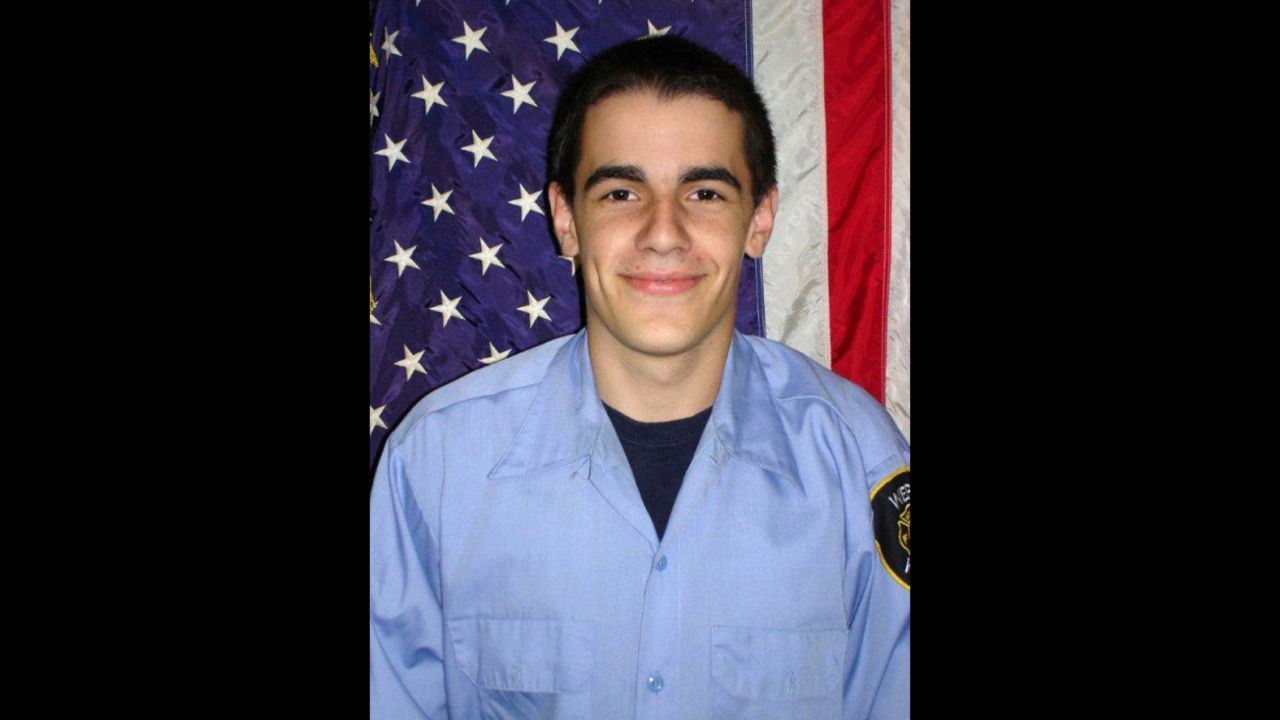
Fire departments began implementing new safety protocols. Some started waiting for police escorts before responding to certain calls. The spontaneous, immediate response that defines emergency services was forever changed.
Every firefighter, EMT, and police officer who heard about Webster was forced to wonder: "Could this happen to me?"
When Monsters Target Angels
The Webster shooting represents something more than murder—it's an assault on the social contract itself. First responders are society's guardian angels, the thin line between order and chaos. When evil specifically targets these protectors, it attacks the very foundation of civilized society.
Spengler's rampage ended when he took his own life as police closed in—a final act of cowardice from a man who spent his last morning on Earth trying to murder heroes.
The Legacy That Cannot Be Extinguished
Today, memorials stand in Webster honoring Chiapperini and Kaczowka. Their sacrifice reminds us that heroes walk among us every day, willing to pay the ultimate price for people they've never met.
But their deaths also serve as a chilling reminder of how vulnerable our protectors truly are. In a world where evil can strike anywhere, anytime, we depend on brave men and women who answer the call despite the risks.
The next time you see a fire truck racing past, remember Webster. Remember that inside that truck are people who would die for you—and sometimes, tragically, do.
Their courage in the face of such evil is what separates civilization from chaos. And it's why we must never forget the heroes who paid the ultimate price on that cold Christmas Eve morning, lured to their deaths by a monster who exploited their very humanity against them.
